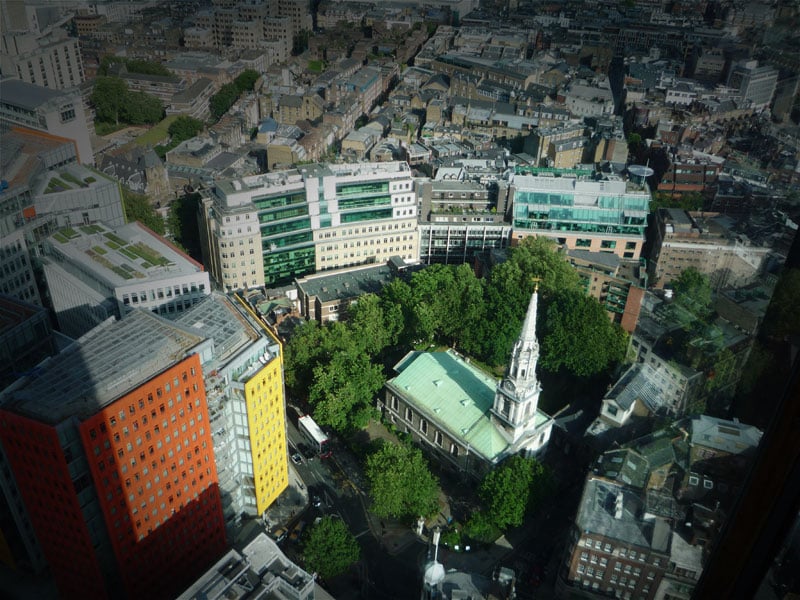Brian Cuthbertson, Head of Environment and Sustainability, Diocese of London

© Maria Longley
I first introduced the Diocese of London’s churchyard ecology survey to GiGLer readers in 2013, when the project was just beginning.
We have now extended the scope of the project to cover the whole of Greater London, making this the first comprehensive survey of churchyards in the capital. The entire database of London churchyards across the 33 boroughs contains 557 sites with at least some green life. The original study sample included 50 sites from ten boroughs. This has been extended to 90 sites from 15 boroughs. Desk studies will be completed on all 90 sites. Only 56 of these sites, 10% of the total number of churchyards in the database, will actually be visited and surveyed. We have visited 31 so far.
Results have surpassed expectations. Here are some highlights:
- At least two churchyards (St. Lawrence, Little Stanmore, and All Saints, Isleworth) have six species of bat.
- The firecrest, Regulus ignicapilla, has been identified in All Saints, Isleworth. According to Andrew Self, author of The Birds of London, there are only about nine breeding pairs in London. GiGL has three records of breeding firecrest in London, not including the sighting at All Saints.
- The nuthatch, Sitta europaea, has been observed in St. Dunstan’s churchyard, Stepney. This species is indicative of former brownfield areas that are enjoying ecological recovery.
- The Mile End jumping spider, Macaroeris nidicolens, has been sighted in St. Mary’s, Leyton – only the 5th ever UK sighting. There are two records of this species in the GiGL database.
- 28 species of lichen are new to GiGL’s database
GiGL gave us data, free of charge, for 1km diameter circles around our first 50 study sites. There is only about 10% overlap between the data GiGL initially supplied and the records we have submitted. This may reflect a difference between churchyards and other habitats, or simply the relative incompleteness of observations. We still need to complete analysis of our last six site visits – the first 25 have been logged so far.
We need £60K additional funding to complete the whole project including procuring desk studies on the 40 new study sites, undertaking 25 more site visits, and producing the final report. The funding target also includes provision for accessing GiGL’s data and expertise. Any reader with a rich, green uncle or aunty – please speak up!
Further to the professional surveys by ecological consultants AECOM (formerly URS), we received additional help, much of it voluntary, including lichen surveys by Ishpi Blatchley of the British Lichen Society, and Alison Fairbrass’ acoustic recordings of bats and birds. Alison, a PhD student at UCL, has analysed the bat calls using Sonobat software and iBatsID classification.
Bird species have been identified by Andy Lester of A Rocha. This work was peer reviewed within UCL, a process which yielded 100% agreement with Andy’s results. A fascinating but tantalising survey of arachnids, commenced by Edward Milner, LNHS spider recorder, is to be completed.
In the longer term, we are considering an assessment of the value of natural capital in our churchyards. This might help with fundraising – but will itself need funding.
